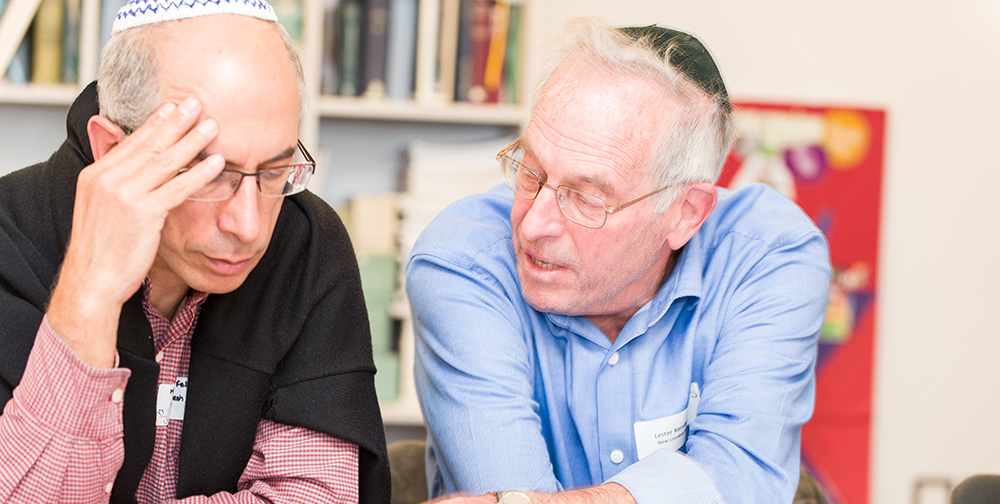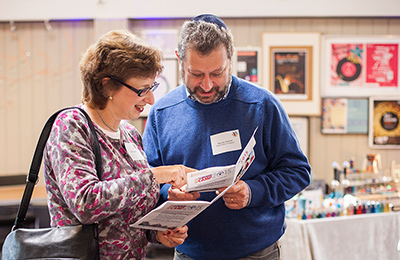Beha’aloth’cha

In Shemot (40:17) we read that on the first day of the first month of the 2nd year after leaving Egypt, the Mishkan (Tabernacle) was erected, by Moses, and the glory of the Lord filled the Mishkan. In Talmud Shabbat 87b, Rav Havivi from Hozena’a says that this day has 10 crowns: it was the first day of creation, the first day of the offering brought by the princes (which we read about in Naso last week), the first day the people were blessed by the priests, and seven other ‘first’s. It was a hugely significant day whose events are told and retold in three of the five books of the Torah. We read about this day again in Vayikra when Moses first tells the people that Aaron will be the high priest, and anoints him (8:11). And today in Beha’aloth’cha (Bamidbar 9) we are again in that first month of the 2nd year, as Moses instructs the people to observe the first seder, on the first anniversary after leaving Egypt.
The first day of the first month of the 2nd year is a day on which Jewish history pivots. For 10 months the people have been at the foot of Mount Sinai. They received a revelation from the top of the mountain, but they stumbled off the path by creating the golden calf and suffering a plague, and then waited months while the Mishkan was built for them, all the time fed by manna. But on this first day of the first month of the 2nd year everything changes, as Rabbi Havivi noted, and everything starts for real. The Mishkan is dedicated, as are the Priests, and organised, ritualistic religious worship starts. A new hierarchy is in effect. And after 10 months of stasis, the people are going to move on to the promised land; Moses instructs the people in Chapter 10 how to physically align around the Mishkan, and in what order to march onwards.
The Torah acknowledges the risks involved in such a transition in moving from somewhere which had been a secure home for nearly a year, to the unknown. The risks are apparent for the leaders as well as the people. Moses talks with his father in law, Jethro/Hobab, who had been such a support in the past, and is disappointed that he wants to return to Midian. Within a few days of his leaving, the problem that Jethro helped Moses sort out a year earlier resurfaces, as Moses complains to God in 11:14 “I (Moses) cannot carry all this people by myself for it is too much for me”. God has to propose a rehash of Jethro’s advice, to appoint 70 elders to share the burden. Moses also has to deal with ‘unauthorised briefings’ from Miriam and Aaron criticising him under the guise of attacks on his personal life (12:1). Moses is finding these first few weeks of the 2nd year after leaving Egypt difficult.
God and Moses endeavoured to organise the transition carefully and developed new symbols and rituals to support this. Lighting the Menorah at the start of the sedrah symbolises the future – 8:3 states that the light was only ‘in front’ of the Menorah – behind is darkness but our future is bright. New silver trumpets were cast to sound when the camp would move, and God’s cloud over the camp would lead them in the right direction. It seemed that there was a clear strategy to make the new journey a success. That first Pesach that the people were commanded to observe in Nisan must have been so poignant as the Bnei Yisrael remembered their slavery under Pharaoh and their miraculous deliverance. This ritual should have created a basis for a communal determination to make the next phase of their journey a success, yet only a month later the anxiety about transition and the fear of the unknown lead to murmers and complaints, not harking back to the time in Sinai, but to Egypt!
While the example of top-down leadership described in the Torah may not be our preferred model today, the many stories in this fascinating sedrah attest to the dangers of times of transition, the need for effective leadership, and the difficulty in keeping the people focussed on the task ahead.




